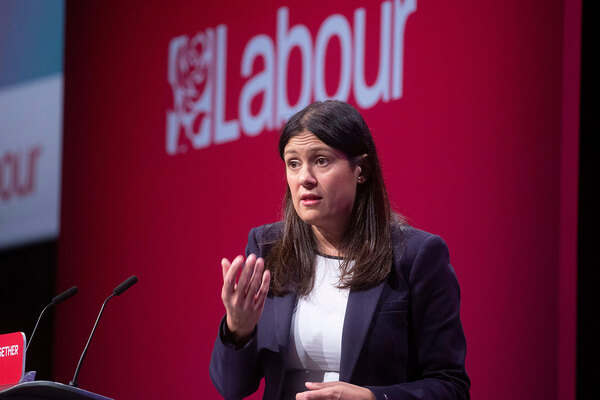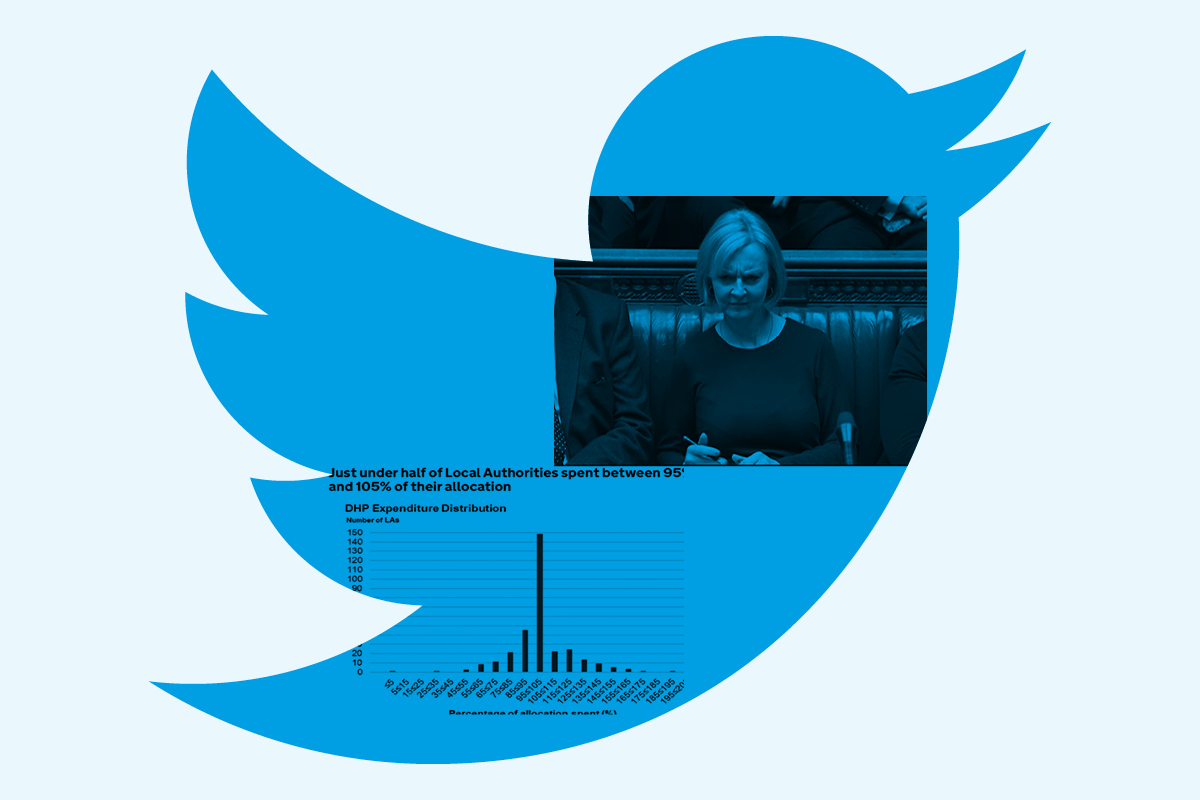
Jules Birch is an award-winning blogger who writes exclusive articles for Inside Housing
Can the government use the opportunity of the downturn to fix the housing market?
We do not yet know what will happen to the housing market, but each time house prices fall, there is an opportunity to really reset affordability. But who will take on the job? Jules Birch considers the options
Housing market downturns are often dominated by debates about their consequences and what to do about them – whether that’s falling house prices and negative equity, arrears and repossessions, or builders going bust.
But an important new report from the Joseph Rowntree Foundation argues that we should be thinking less about house prices and the immediate response to the downturn, and more about the housing system as a whole and the long-term opportunities for a reboot.
We are already in a downturn, even if the shape of it remains unclear. Toby Lloyd, Rose Grayston and Neal Hudson consider different scenarios ranging from back to normal (rising prices) to an outright crash, but think market stagnation is the most likely outcome.
This may sound mild when seen in terms of house prices alone, but the consequences would be dire: homeownership would remain inaccessible, driving up private rents and making it even more of a struggle for low-income households to keep a roof over their heads.
Arguably, we are already seeing stagnation in housebuilding as the big developers slow down development and the industry as a whole warns that completions could fall to less than half their pre-pandemic peak while blaming government regulations.
“The coming housing market downturn is an opportunity; we must not waste it”
The conventional response would be to support supply and boost demand, however that would be very much like a rehash of what happened after 2010, when various forms of Help to Buy did increase housebuilding but also produced a boom in house builders’ profits, share prices and bonuses without much quid pro quo.
For all the efforts to boost homeownership chances for first-time buyers, the private rented sector continued to grow. And millions of people in housing need were the losers as austerity put the squeeze on social rent and forced housing associations into affordable rent and market sales.
The immediate responses to the downturn made the housing system worse as record-low interest rates fuelled another boom in house prices that benefitted existing property owners at the expense of everyone else.
So what should the government do this time around?
The report argues for a package of measures including:
- Switching stalled sites to affordable homes – liberalising the Affordable Homes Programme to allow more acquisitions and using imminent underspends at the same time as measures to prevent mothballing by house builders.
- Supporting ethical stewardship models – new development corporations to take over stalled major developments, changes to Treasury rules and a new mandate for Homes England to diversify the housebuilding sector.
- Rebalancing the market power of different purchasers – taxing speculative and short-term uses of property, new ‘housing pressure zones’ with restrictions on who can buy and a right of first refusal for communities and support for lending to first-time buyers.
- Targeting support for vulnerable groups – strengthening the safety net for struggling homeowners and low-income renters and growing an ‘ethical’ private rented sector with funding to buy properties to rent on secure tenancies with rents capped at Local Housing Allowance levels.
- Reducing expectations of a return to high house price inflation – supporting new models of ownership, reforming property tax and an unambiguous statement of intent from government to keep prices under control.
This brief summary gives a flavour of some possible solutions, but read the full report for a much more comprehensive discussion than I have room for here.
It also highlights the fundamental importance of seeing downturns as being about far more than just what happens to house prices.
If the first step is admitting that we have a problem, then the next is to resist the temptation of short-term fixes that make that problem worse. The message is that “the coming housing market downturn is an opportunity; we must not waste it”.
There were moments in the last two housing market downturns when it seemed as though the opportunity would be taken.
“There were also moments when politicians from both main parties grasped the importance of not returning to ‘the business as usual’ of rising house prices: notably John Healey and, more fleetingly, Grant Shapps”
Social housing investment was significantly boosted after 1990, thanks in part to a £612m housing market package that allowed housing associations to buy unsold market homes. This was good for the overall stock, if not always for housing management and maintenance budgets in the longer term.
Investment was boosted again after 2008, as the Labour government switched resources from other departments and introduced a range of programmes to support housebuilding by private developers and housing associations.
There were also moments when politicians from both main parties grasped the importance of not returning to ‘the business as usual’ of rising house prices: notably John Healey and, more fleetingly, Grant Shapps.
But the opportunity that the report rightly sees for a reforming government to declare that “prices must be brought to a sustainable level and kept there permanently” has been missed before as the newscycle moves on and political attention turns elsewhere. Social housing investment was slashed after the high point of 1992 and again after 2010.
Avoiding a repeat this time around will require buy-in from across the government to focus political priorities and overcome Treasury resistance to change. This will require support from the very top, not just whoever is housing secretary at the time.
The opportunities are there, but will the politicians want to take them?
A divided Conservative party looks to have run out of ideas and has retreated to appeasing its well-housed core support in the South East over planning.
Labour has gone into the last two elections with huge ambitions on housing and is committed to a major retrofit programme for existing homes.
It is worrying that Keir Starmer’s speech last week setting out “five missions for a better Britain”, which will form “the backbone of the Labour manifesto”, did not mention housing. However, the party made clear on Monday that the first mission – “growing the economy” – will include planning reform to build more affordable and first-time buyer homes.
Jules Birch, columnist, Inside Housing
Sign up to our Best of In-Depth newsletter
We have recently relaunched our weekly Long Read newsletter as Best of In-Depth. The idea is to bring you a shorter selection of the very best analysis and comment we are publishing each week.
Already have an account? Click here to manage your newsletters.












